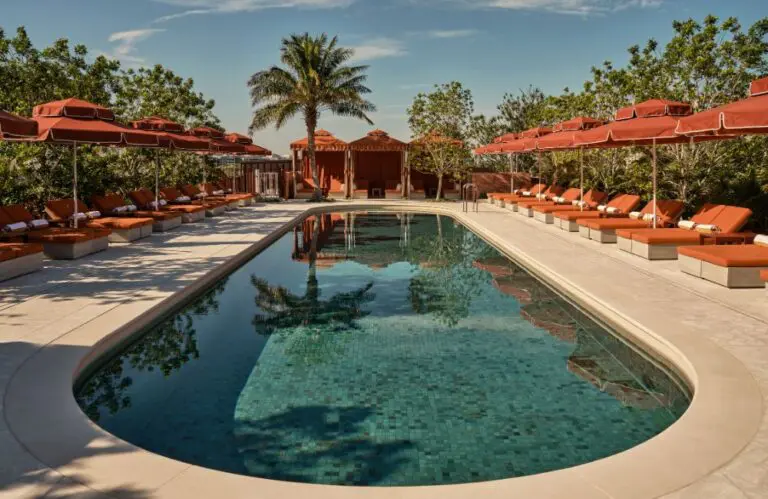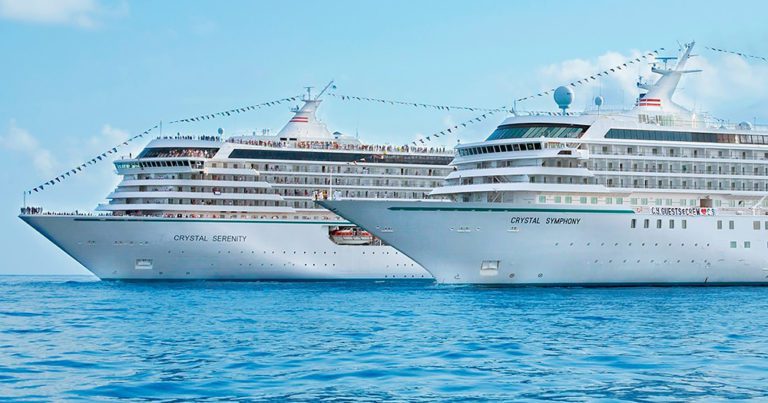Ivy Carruth boards Viking Cruises’ inaugural ‘China Discovery’ voyage on Viking Yi Dun to take in less-visited regions
What excites Norwegian-born Viking CEO, Torstein Hagen most about this new venture is that the four ports of call on our nine-night voyage – Zhoushan, Dongtou, Pingtan, and Xiamen – are places most haven’t heard of.
Hagen says this “China Discovery” itinerary is an opportunity to unveil the China that few non-domestic tourists could manage independently.
In partnership with China Merchants Group, this is the first luxury cruise ship to sail under the Chinese flag, and the first to bring inbound tourists to these ports, already well-known by Chinese holidaymakers.

Bookended by Shanghai and Hong Kong-adjacent Shenzhen, it offers smart opportunities for extensions and proximity to major airports.
At an intimate conference welcoming trade professionals to the sailing, Hagen champions “world peace through travel,” and says, “we’re all very similar people in many ways – now we can come and see each other in our homes.”

Life on board
While Viking Yi Dun is adapted to the region, the service standards remain all Viking.
Elegant and understated interiors are befitting of the 55+ target market, and my penthouse veranda room is a cosy nook of tranquillity that’s serviced twice daily, with a well-stocked minibar included.
I find myself particularly enamoured with the heated bathroom floors, and the fruit plate and coffee I order to my room for breakfast every morning.
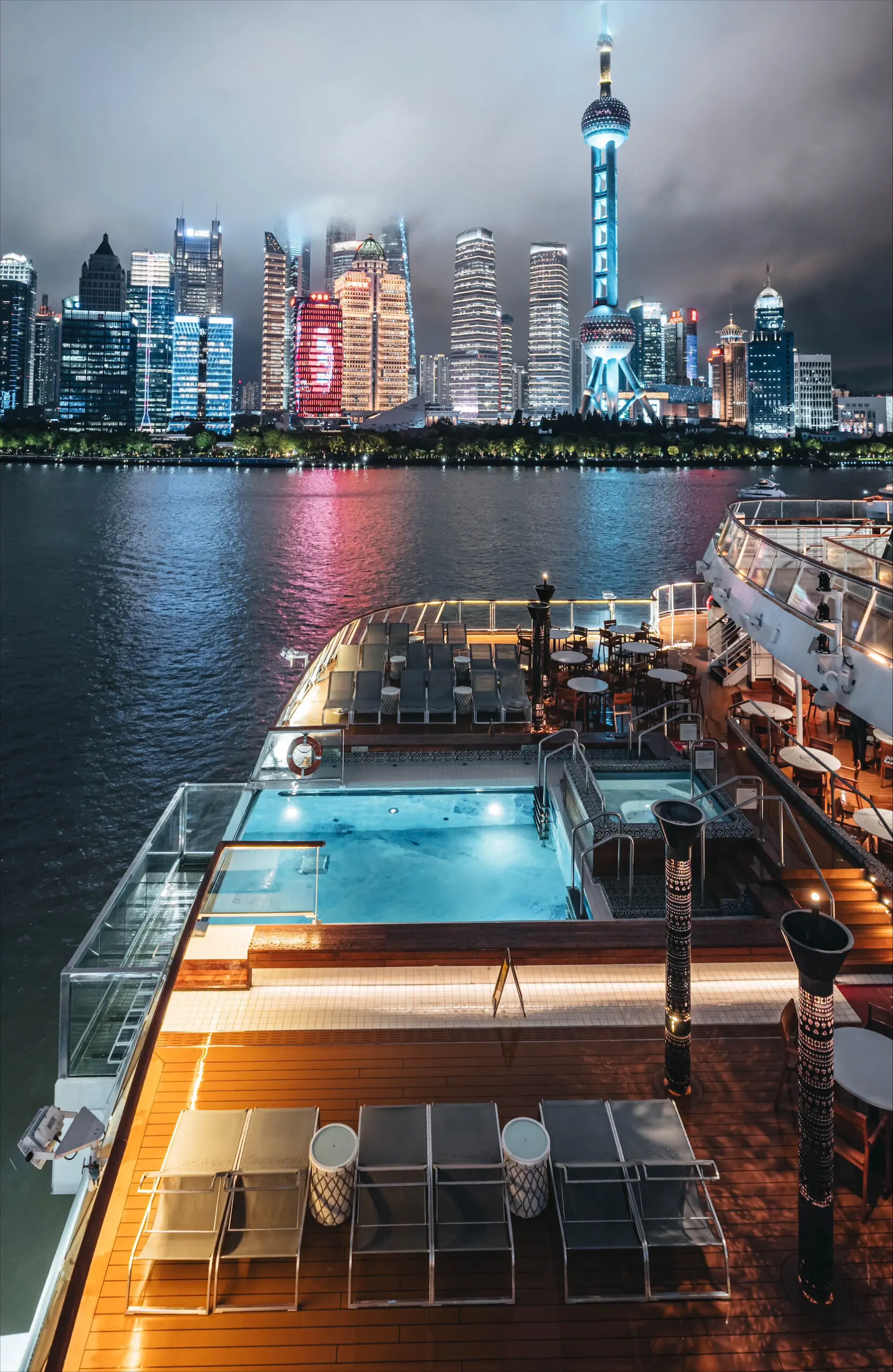
All Viking’s ships are the same, and Hagen says “this is one standout feature that guests appreciate. We’re about subtle elegance and standardisation, so it always feels like coming home”.
David, a sprightly 83-year-old who is travelling with his granddaughter agrees. “Kathryn and I travel together a lot. It’s my 14th Viking cruise, maybe her third or fourth. We were keen on this one because we knew we’d get to see some unusual parts of the world, but still feel at ease doing it. I’m adventurous, but I like my comforts.”
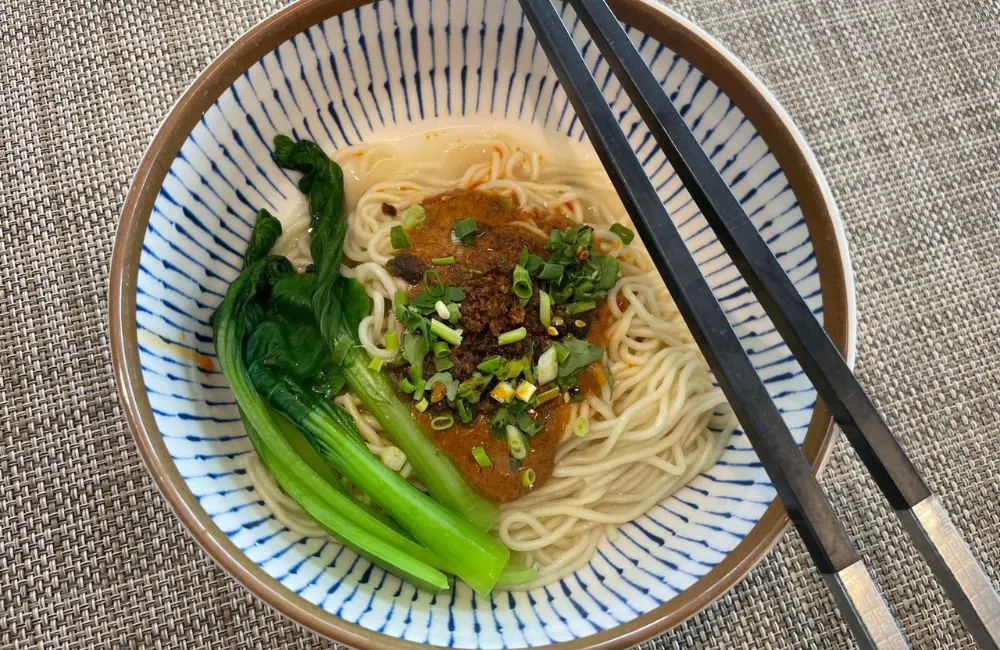
The crew are Chinese, except for a few staff who work under the ship’s captain. Although their English is far better than my Mandarin, and their polished friendliness is ever-present, sometimes we need to be clever to get past language barriers.

In one lighthearted exchange, another traveller asked for an Aperol spritz. “The staff were so sweet, she brought me a cool wet towelette.”
The ship’s beverage range is incredible, and if there’s something you ask for and they don’t have or aren’t sure about, they’ll consult the sommelier. ‘House’ beverages are included with meals, or to imbibe in top shelf brands at your leisure, the Silver Spirits package is just US$25 per day.

The itinerary
The first two nights of the cruise (Shanghai to Shenzhen), the ship is docked, rather magnificently, on the Bund. This provides plenty of time and opportunity to explore, shop, and see the sights.
There is an included shore excursion at each port that runs throughout the day, and other options that guests can add if they want to see even more.
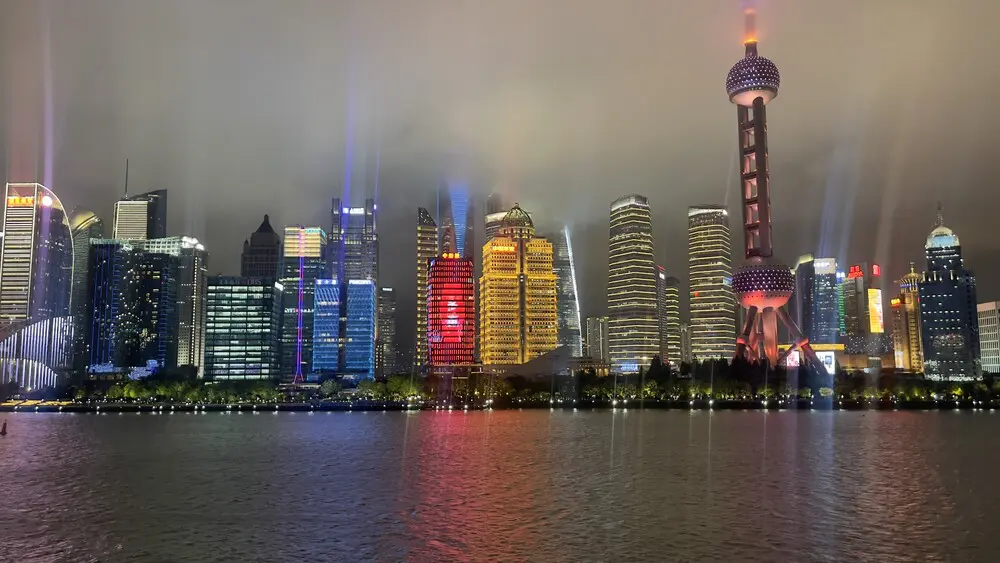
Most of the excursions focused on cultural activities specific to the region like the Spiritual Journey to Sacred Chinese Buddhist Sites in Zhoushan, The Ancient Art of Shell Carving in Dongtou, Nine Deities Taoist Temple in Pingtan, Architecture of Gulangyu in Xiamen, and the Dapeng Fortress in Shenzhen.
I chose excursions that were a bit more hands-on. My groups were small in size, most being under a dozen people.
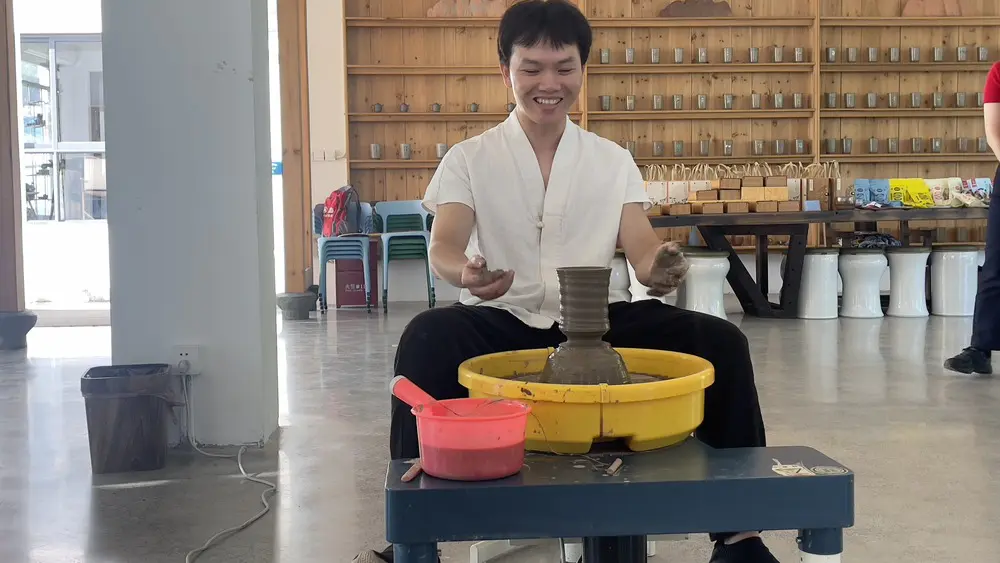
Zhoushan, which is revered for its natural beauty, is one of 1,400 islands in its namesake archipelago. Here, I blended ingredients into incense dough and created my own aroma locket before transcribing a Buddhist chant onto handmade paper with a calligraphy pen.
“This will get rid of the small monsters disturbing you in your mind,” the guide translated from the Master’s sparse commentary… this is meditation, after all.

In Dongtou, strong in its fishing tradition, I glazed sea mud pottery, impossibly delicate, with clay extracted from the Yellow Sea’s tidal flats. The studio fired our mugs and returned them to us several days later on the ship, coddled in bubble wrap and now my favourite to drink from.
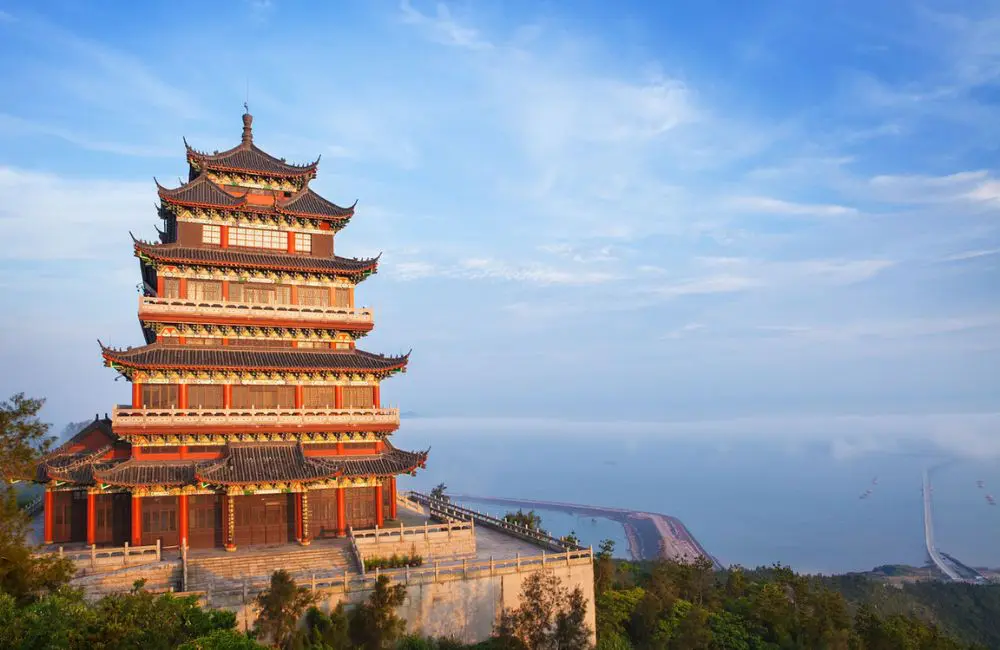
Preparing for your trip
Viking is well-versed in handling the details and communicating with guests. Travellers should have at least six months left on the validity of their passport, and Australian passport holders can enter China without a visa for no more than 15 days for business, tourism, visiting family and friends or transit.
China blocks many social media sites, including Instagram, Facebook and WhatsApp. I highly recommend sorting VPN and Wi-Fi before you arrive if you’d like to attempt using them.

Also, when it comes to paying for things on shore, like shopping and food, the WeChat or AliPay apps are pretty much essential. Tap and pay for Visa and Mastercard isn’t widely available, and some places won’t accept even cash.
Lastly, if you haven’t already, add an AirTag to your luggage. Mine was delayed by a day upon my arrival in Shanghai, and I was able to trace it thanks to my tracker.
For more information, visit Viking.


